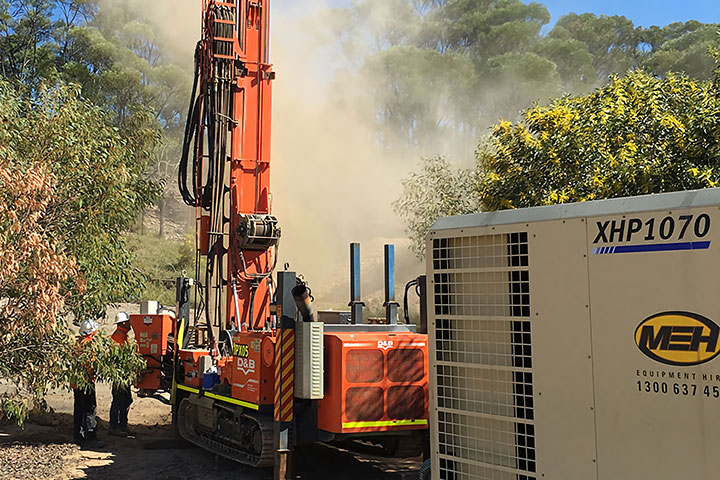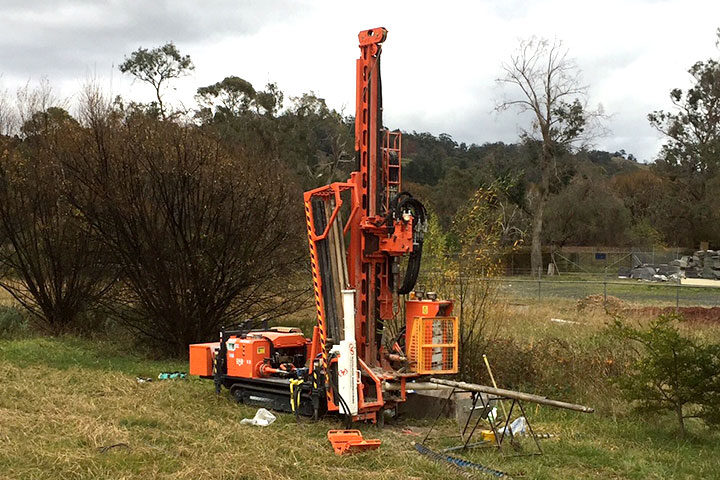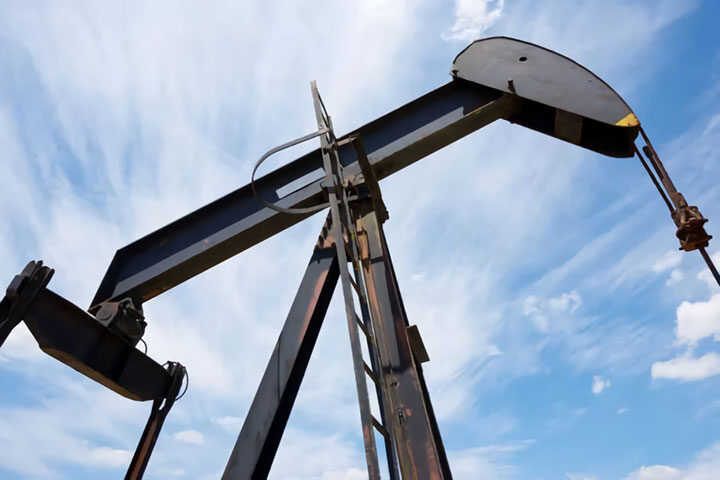
Mineral drilling, also known as mineral exploration drilling, is a form of drilling often used by the mining industry. It’s a process that allows them to determine the material composition of soil in different locations. This is a preliminary to major mining operations, one used to discover mineral-rich drilling sites and ore deposits. During the drilling procedure, sample of the soil at different depths is analyzed by geologists to determine if valuable minerals or other resources are located along the drilling line.
There are three main techniques for mineral exploration drilling. These are:
- Conventional Rotary Air/Mud Drilling
- Reverse Circulation Drilling
- and Diamond Core Drilling
In this article, we’ll have a look at all three of these techniques and discuss their strengths and weaknesses.
Conventional Rotary Air/Mud Drilling
The most cost effective drilling technique is conventional rotary drilling. This can be done in a few different ways. Remember that the goal of this drilling is to lift material to the surface so that it can be tested to determine the mineral composition. Two common ways of lifting are with air and with mud. In this instance, mud is a thickened liquid compound that fills the hole and displaces the material loosened by drilling. Cuttings are then take from the side wall and tested in the laboratory to determine the mineral composition.
The challenge with this form of drilling is that it is inaccurate when it comes to mineral exploration drilling. You want to know what minerals exist at each depth. But, with this form of drilling, loose material from above the cutting can fall down and contaminate the sample. You might not get an accurate representation of the soil composition at that depth. This being said, it may be worth it to go this route if you’re working with a very large area. Your expenses will be much less than some of the other forms of drilling, and you’ll get a reasonable assessment of the soils composition at different elevations.
Reverse Circulation (RC) Drilling
The benefit of reverse circulation drilling is that it will give you a more accurate understanding of the soil composition at any given depth. However, it will cost you a bit more per meter than conventional drilling. This is the most popular method in Australia and South America, where deep minerals are the most valuable export materials of the country.
For reverse circulation drilling, a dual wall drill pipe is used. Air is forced down the outer tube and injected through a port called a “side inlet swivel”. It exits just after the drill bit to force material up through the inner tube. This material is delivered upwards and collected. It can then be analyzed to get a profile of the mineral composition at the drilling depth. The bit type can be a hammer or tricone, but, in either case, the results are the same. You will get a clear idea of the soil composition. Reverse circulation drilling is effective until the drill head hits water or “waters out”. At this point water will enter the side inlet swivel, making it ineffective for mineral drilling exploration.
Diamond Core Drilling
The most accurate form of mineral drilling, and the most expensive, is diamond core drilling. This method also requires the most skill. The cost per meter is quite high, even compared to reverse circulation drilling. It’s also slower. You can get depths of 30 meters in 12 hours, compared to 150 meters with reverse circulation drilling. The core has to rotate at a very high rate, from 300 to 1200 rotations per minute. It also requires just the right amount of weight on the bit in order to avoid polishing or burning the bit in hard rock formations.
The advantage of core drilling is that you can bring a core of material to the surface. This will give you a more accurate profile of the mineral composition at each depth than any other style of drilling. There are two main types of core drilling: conventional and wire line. With conventional drilling, rotary drilling is used with a hollow core drill bit to capture a sample and bring it up to the driller. Samples are placed in jars and sent back to the lab for analysis. Wire line coring is done with an ICB that is passed through the drill bit and overshot from the head. It requires fewer round trips and can be more efficient, but it limits the core size.
Drilling is an art, regardless of the method used. The driller has to match weight and rotation to resistance. Plus, it requires heavy equipment in good repair. If you’d like to get an estimate on a drilling operation or look into what you need to do for mineral exploration, feel free to contact us. We are one of the top mineral exploration drilling companies on the local market. We’ll provide you a solid soil profile to make sure that your structure is set on a good foundation.



